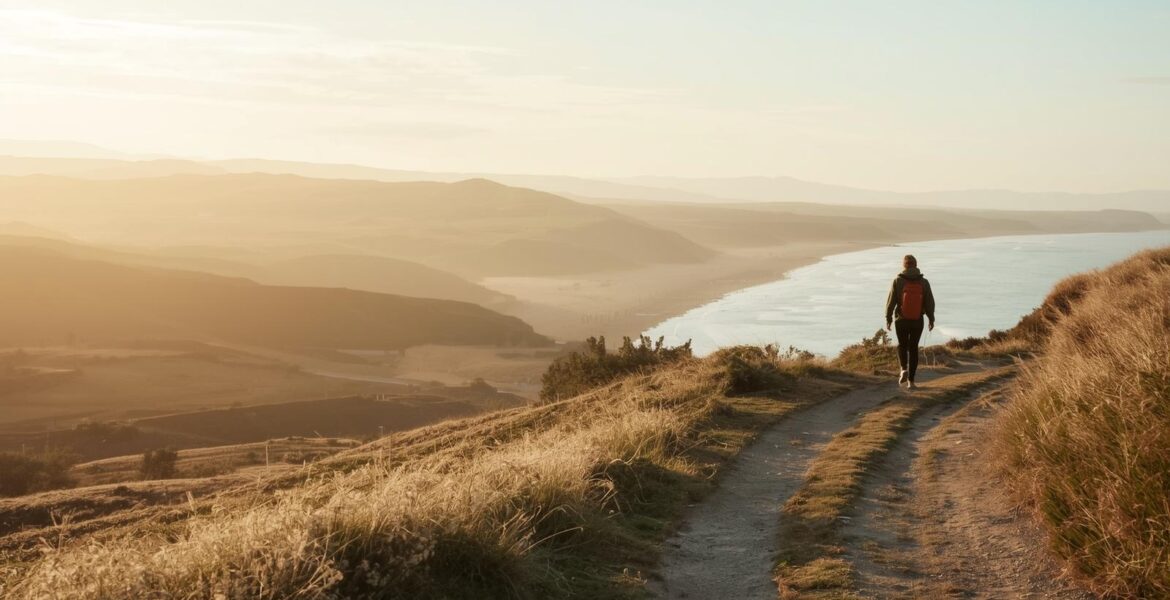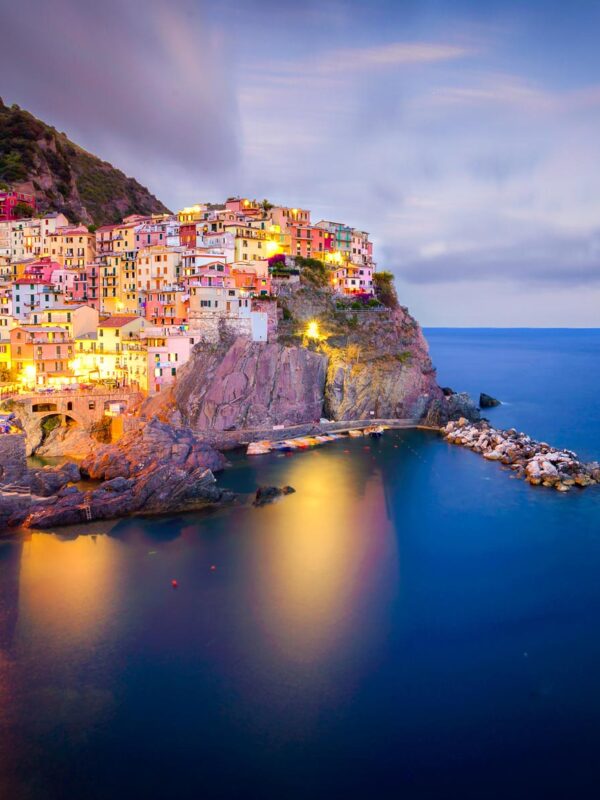In a world that often glorifies speed and efficiency, the concept of slow travel emerges as a refreshing antidote. This travel philosophy encourages us to linger, savor, and truly immerse ourselves in the places we visit. It’s about finding joy in the journey itself, rather than rushing from one destination to the next.
Slow travel is more than just a style of travel; it is a mindset that invites travelers to form deep connections with their destinations. It’s about spending quality time in fewer places, allowing the essence of each location to unfold naturally.
Immersive experiences are at the heart of slow travel. By engaging deeply with the local culture, cuisine, and community, travelers can gain insights that go beyond guidebooks. Whether it’s learning to cook traditional dishes with a local chef or participating in age-old rituals, these experiences are rich with authenticity.
Consider a small village in the Italian countryside, where time seems to slow down, and the air is filled with the scent of olive groves. A day might begin with a leisurely stroll through vineyards, followed by a hands-on pasta-making class with a nonna who shares stories of the region’s heritage. These are the moments that create lasting memories and foster a true appreciation for the locale.
Sustainable tourism is a natural ally of slow travel. By prioritizing eco-friendly practices and supporting local economies, travelers contribute to the preservation of both the environment and cultural heritage. This mindful approach ensures that future generations can also enjoy these treasured destinations.
Staying in locally-owned accommodations, dining at family-run eateries, and choosing activities that have a low environmental impact are all ways to travel sustainably. These choices not only reduce your carbon footprint but also support the community you are visiting.
The beauty of slow travel lies in its ability to transform even the simplest of moments into profound experiences. It’s about taking the time to appreciate the details that might otherwise go unnoticed.
In the realm of slow travel, time is a luxury. Without the pressure of a tightly-packed itinerary, travelers have the freedom to explore at their own pace. This leisurely approach allows for spontaneous adventures and the discovery of hidden gems that aren’t on any map.
Imagine watching the sunrise over a tranquil bay, the sky painted in hues of pink and orange. As the world awakens, there’s time to savor a cup of coffee on a quiet terrace, listening to the gentle lapping of waves. These are the moments of peace and reflection that enrich the soul.
One of the most rewarding aspects of slow travel is the opportunity to connect with people. Conversations with locals can lead to unexpected friendships and insights into the way of life in different cultures. These interactions often provide a more nuanced understanding of the world and our place in it.
By engaging with the community, travelers can participate in local events, volunteer projects, or simply share stories over a meal. These connections are invaluable, offering a sense of belonging and a deeper appreciation for the destination.
Designing a slow travel itinerary requires a thoughtful approach, focusing on quality rather than quantity. Here are some tips to help you create a journey that is both enriching and sustainable.
Select a few key locations to explore in depth, rather than attempting to see everything. This allows for a more meaningful engagement with the destination and reduces travel-related stress.
Incorporate activities that connect you with the local culture and environment. This might include attending a traditional festival, exploring nature trails, or visiting artisanal workshops.

Leave room in your schedule for unplanned discoveries. Some of the most memorable travel experiences come from spontaneous adventures and chance encounters.
Travel agents, lifestyle influencers, and hotel managers play a crucial role in promoting and facilitating slow travel. By curating unique itineraries, sharing compelling narratives, and offering authentic experiences, they can inspire others to embrace this enriching travel philosophy.
Travel agents can design bespoke itineraries that highlight immersive experiences and sustainable practices, catering to clients seeking more than the typical tourist trail.
Lifestyle influencers have the power to captivate audiences with stories of serene adventures and understated luxury. By showcasing the joys of slow travel, they can inspire a shift towards more meaningful travel experiences.
Hotel managers can enhance their appeal by offering experiences that reflect the local culture and environment. This might include organizing guided tours, cooking classes, or cultural workshops that allow guests to connect with the destination on a deeper level.
Discovering joy in slow travel adventures is about embracing the journey and cherishing the moments that define our travel experiences. By prioritizing immersive experiences, sustainable practices, and meaningful connections, we can transform the way we explore the world.
As we step off the beaten path and into the heart of a place, we find that the true essence of travel lies not in the destinations we visit, but in the stories we gather along the way.


